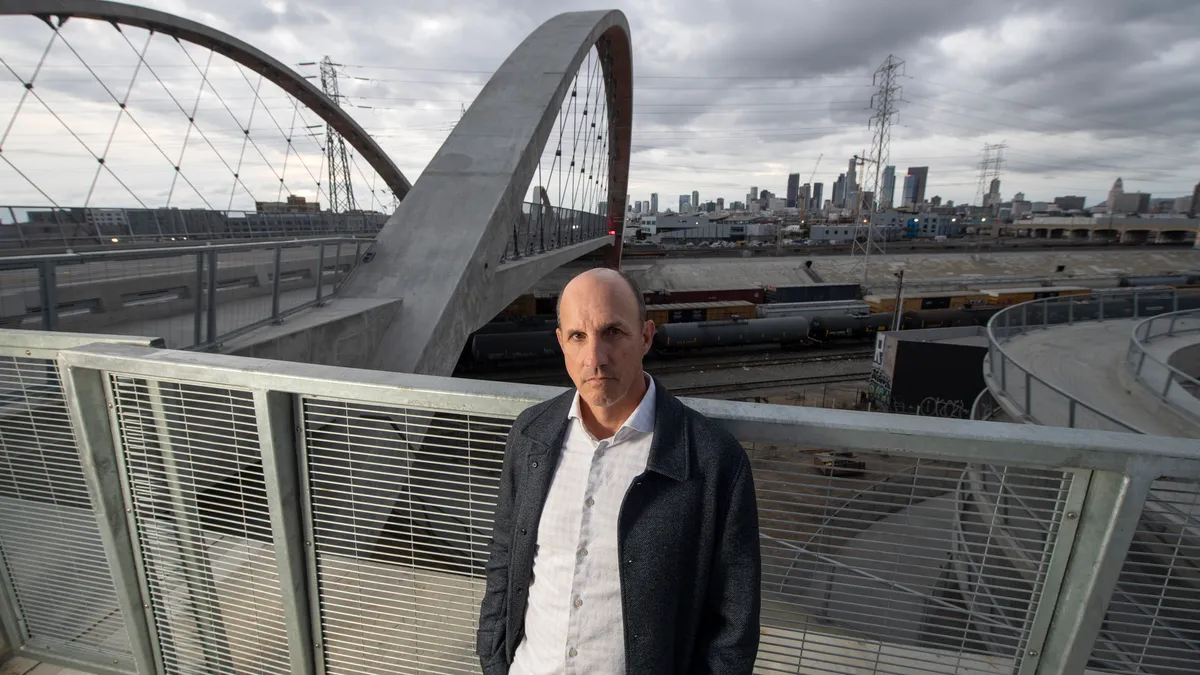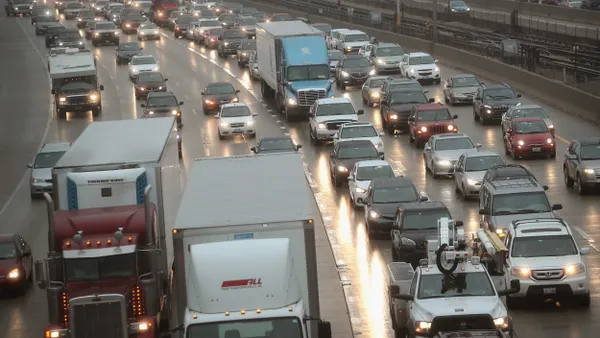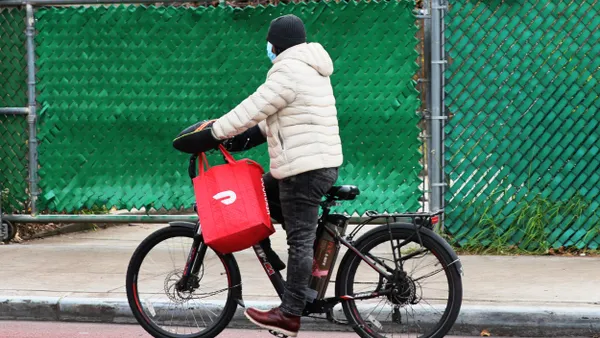U.S. government and transportation officials should look to the Great Recession for guidance in supporting public transit infrastructure amid COVID-19 recovery, said Transportation for America (T4A) Director Beth Osborne on a recent webinar.
Similar to current impacts of the novel coronavirus pandemic, last decade's economic collapse (which loomed from December 2007 to June 2009) turned America on its head. Unemployment spiked to 10%, the country's GDP fell 4.3% and industries slowly shut down. Public transportation was hit particularly hard, forcing transit agencies to cut service, lay off workers and raise fares to keep operations running.
Congress in 2009 passed the American Recovery and Reinvestment Act (ARRA) at the urging of former President Barack Obama to stimulate the economy and guide workforces back to "normalcy." The stimulus allocated $26 billion to states to "spend on surface transportation capital projects" and $8.4 billion for public transportation projects, with the main intention of creating jobs, T4A wrote in a report released earlier this month.
Osborne co-authored the report with Smart Growth America Communications Director Stephen Lee Davis and East Metro Strong Executive Director William Schroeer, to assess how that stimulus funding was used for infrastructure projects amid the recession — and how it may influence today's recovery. The report identified six key lessons and corresponding recommendations for using federal infrastructure stimulus to create jobs and support recovery.
Among the key lessons was that public transit funding created more jobs than funding for road construction. An ARRA dollar spent on public transit projects produced 70% more job hours than ARRA dollars spent on highways, T4A reported, and transit preventative maintenance had the highest direct job-per-dollar result.
"We need not use economic stimulus as an excuse to keep building things the way we have for the last 70 years, with all of its flaws.”

Beth Osborne
Director, Transportation for America
Other lessons suggested states failed to fund the infrastructure programs most publicly desired, and Congress was quick to funnel funding into "old, irrelevant" infrastructure programs not meant for economic recovery, "like the 80-20 split that governs gas tax revenues," T4A wrote.
While the group acknowledged the $2 trillion Coronavirus Aid, Relief, and Economic Security (CARES) Act passed in March addressed "enormous, immediate needs" for transit operators, it said the direction of funds can be reimagined in the next stimulus package.
"Congress has a propensity to not want to create a new project to meet its goals. It wants to pull something off the shelf," Osborne said on the webinar. "We need not use economic stimulus as an excuse to keep building things the way we have for the last 70 years, with all of its flaws."
A number of transportation leaders joined Osborne on the "Building Back Better" webinar, hosted by the World Resources Institute (WRI), to offer insights and observations of transit trends from various stages of COVID-19 recovery around the world. Adriana Lobo, executive director of WRI Mexico, said biking has proven to be "very resilient" amid stay-at-home orders in Mexico, leading officials to optimize street space for cyclists and pedestrians.
"We have to take advantage of this space before cars get back," Lobo said, suggesting cities must begin investing in such modes now to maintain ridership amid economic recovery.
Sergio Avelleda, director of urban mobility at the WRI Ross Center for Sustainable Cities, predicted cities and transit agencies will see three stages of recovery: social distancing, transition period and new configuration. Many countries are moving into the "transition period" stages, and the new configuration stage will bring fresh opportunity to the sector.
Success of the new configuration stage will depend in part on public support of transit investments, which panelists suggested is increasing as gratitude for essential workers climbs.
"In the U.S., we've all learned why transit is an essential public utility, which is very new for the United States," Osborne said. "That is an opening that we’ve never seen in the United States to really push a different type of recovery."












